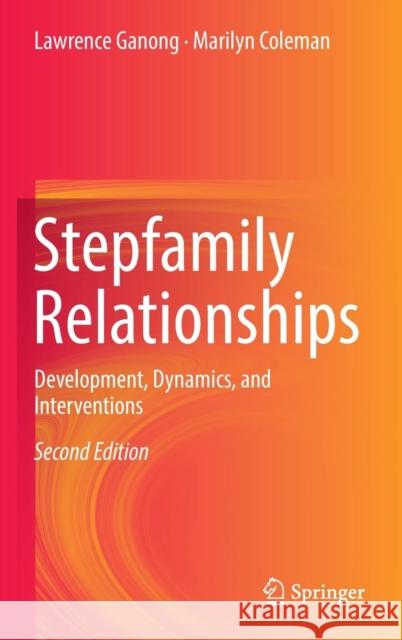Stepfamily Relationships: Development, Dynamics, and Interventions » książka
topmenu
Stepfamily Relationships: Development, Dynamics, and Interventions
ISBN-13: 9781489977007 / Angielski / Twarda / 2016 / 343 str.
Kategorie:
Kategorie BISAC:
Wydawca:
Springer
Język:
Angielski
ISBN-13:
9781489977007
Rok wydania:
2016
Wydanie:
2017
Ilość stron:
343
Waga:
0.68 kg
Wymiary:
23.39 x 15.6 x 2.06
Oprawa:
Twarda
Wolumenów:
01
Dodatkowe informacje:
Wydanie ilustrowane











